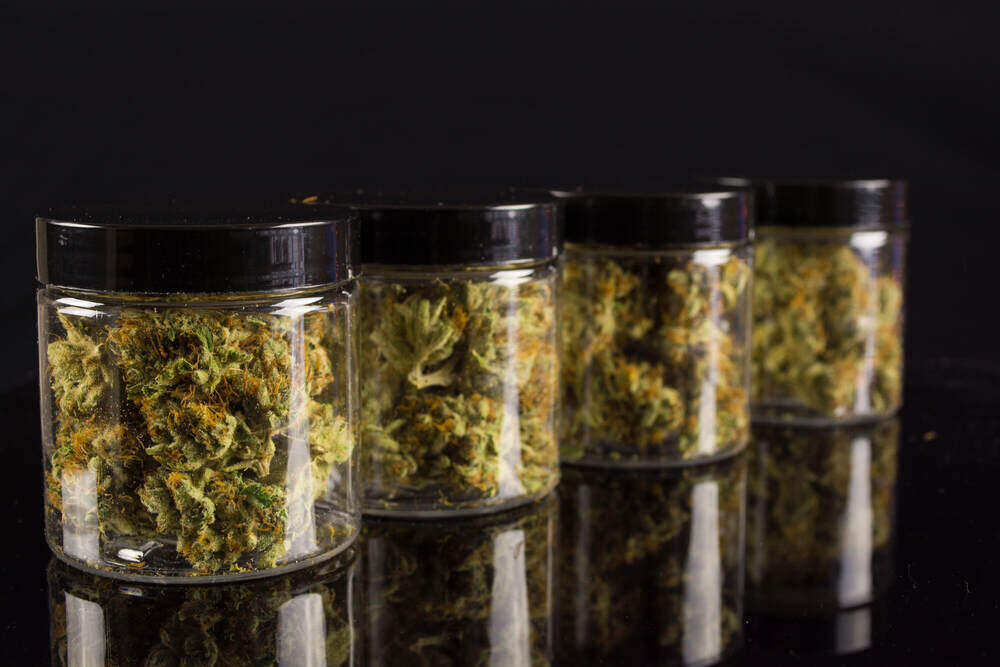The Best Fluffy Pancakes recipe you will fall in love with. Full of tips and tricks to help you make the best pancakes.

What is a zip of weed?
If you’ve ever been around seasoned smokers or dispensary staff, chances are you’ve heard someone talk about a “zip of weed.” For newcomers, this slang might sound confusing. But as someone who’s spent years growing, curing, trimming, weighing, and packaging cannabis, I can tell you that understanding cannabis measurements—especially a zip—is one of the most practical things you can learn. Whether you’re looking to grow, buy, or sell, knowing what a zip means and how it fits into the larger picture of weed weights will keep you from getting shorted, overpaying, or just scratching your head.
Let’s break it all down in detail.
Definition and basic measurement
What exactly is a zip in cannabis terms?
A zip is a slang term used in cannabis culture to refer to an ounce of weed. When someone says they bought a zip, they mean they bought 1 ounce, or roughly 28 grams of dried cannabis flower.
This term is used casually by both legacy market smokers and recreational/medical consumers alike. It’s one of the most common and accepted slang terms you’ll hear—right up there with “dub” or “eighth.”
How many grams are in a zip (oz to grams conversion)
A single ounce equals 28.35 grams. However, in the cannabis world, we round that down to a clean 28 grams to make transactions simpler.
Here’s how that breaks down in context:
- 1 gram = a small joint or a few bowls
- 3.5 grams = 1 eighth
- 7 grams = 1 quarter
- 14 grams = 1 half
- 28 grams = 1 zip
So when you pick up a zip, you’re essentially holding eight eighths or four quarters of cannabis in one bundle.
Origin of the term “zip”
Connection to Ziploc bags and slang evolution
The most common theory about where the term “zip” came from is pretty straightforward—it refers to the Ziploc-style freezer bags dealers used to store and sell ounces of weed in during the prohibition era.
Back in the day, when legalization wasn’t even on the horizon, people would measure out an ounce of weed and toss it into a sandwich-size Ziploc bag. Eventually, buying “a Ziploc of weed” got shortened to just buying “a zip.” The name stuck around even as dispensaries and legal packaging replaced plastic bags with branded jars and heat-sealed pouches.
Alternate theories (from “oz” abbreviation)
Another theory says that “zip” could’ve come from the abbreviation of “oz”—which stands for ounce. But if you say “oz” out loud, it doesn’t sound like “zip.” That theory doesn’t hold up quite as well.
Still, language in cannabis culture is fluid and often driven by ease of communication. So both explanations may have had some influence. But I stick with the Ziploc origin—makes the most sense, especially to us old-school growers.
Visual appearance and quantity
Typical nug count and size in a zip
A zip of weed isn’t measured by nug count, but I get the curiosity—especially if you’re new. The number of buds in a zip depends entirely on the size and density of the flower.
For example:
- Dense indica buds = fewer, heavier nugs
- Fluffy sativa buds = more nugs that take up more space
That said, on average you might see 15 to 30 nugs in a well-trimmed ounce, but don’t count on that. Weight is what matters—not volume. I always advise using a digital scale to double-check.
How strain type affects volume and weight
Different strains yield different densities. A zip of compact Gorilla Glue might fit in the palm of your hand, while a zip of fluffy Sour Diesel might fill a whole mason jar.
This also means you shouldn’t judge a zip just by looking at it. Two ounces can look very different but weigh the same. Always weigh your stash—especially if you’re paying top-shelf prices.
Common pricing and value per zip
Price ranges in legalized vs illicit markets
The price of a zip varies depending on where you are, what quality you’re buying, and whether it’s a legal or underground transaction.
In the legal market, you might expect:
- Budget strains: $90–$140 per zip
- Mid-tier strains: $150–$200
- Premium/exotic strains: $220–$300+
In legacy/illicit markets, prices fluctuate more, but generally:
- Budget: $70–$120
- Mid-tier: $130–$180
- Top-shelf: $200+
I’ve seen growers offer bulk discounts too. If someone’s growing organically, indoor, or running living soil systems, you can expect that to nudge the price up—but the smoke is worth it.
Cost per gram breakdown (eighth, quarter, half, zip)
Here’s how a zip breaks down into smaller units by weight and price:
- Eighth (3.5g) – $30–$45
- Quarter (7g) – $60–$80
- Half-ounce (14g) – $100–$140
- Zip (28g) – $180–$280
Buying in bulk almost always gives you better value. If you find yourself buying eighths more than once a week, it might be time to level up to zips.
Comparison to other cannabis units
Zip vs eighth vs quarter vs half vs pound
Here’s a quick size comparison:
- 1 eighth = 3.5 grams
- 1 quarter = 7 grams
- 1 half = 14 grams
- 1 zip = 28 grams (1 ounce)
- 1 pound = 16 ounces = 448 grams
A zip is the sweet spot for many users. It’s not too bulky like a pound and not too small like an eighth. I find it’s ideal if you smoke daily, roll fat joints, or share with friends.
Joints, blunts or servings you can roll from a zip
A zip gives you room to roll to your heart’s content:
- Standard joint (0.5g) = ~56 joints
- Fat blunt (1g) = ~28 blunts
- Bowls (0.25g) = ~112 bowls
If you’re a daily smoker rolling 2–3 joints a day, a zip should last you around 2–3 weeks depending on your tolerance.

Purchasing, storage, and legal considerations
Purchase limits in dispensaries (medical vs recreational)
Depending on where you live, you might be limited on how much you can buy at once.
- Recreational states (e.g. California, Colorado): typically allow you to buy 1 ounce per day
- Medical patients often get higher limits: up to 2–4 ounces per month
It’s always best to check your local laws before walking into a shop or placing an online order.
Proper storage methods to maintain freshness
You want that zip to stay fresh. Here’s how I do it:
- Use airtight glass jars (mason jars work great)
- Keep in a dark place – avoid sunlight and heat
- Maintain humidity – use humidity packs (55–62% is ideal)
- Avoid the fridge/freezer – it dries out your trichomes
Fresh weed = better flavor, smoother smoke, and preserved cannabinoids.

Navigating local laws, taxes, and transport tips
Laws vary, and you don’t want to get caught slipping.
- Always transport in the trunk or a sealed container
- Don’t drive high
- Keep proof of purchase from licensed retailers
- Know possession limits—crossing state lines is still federally illegal
Taxes can add up too. In some states, I’ve seen 30%+ tacked on to cannabis purchases, so don’t be surprised if your $200 zip rings up at $260.
Tips for consumers
When buying a zip makes sense financially
Buying a zip makes sense if:
- You smoke or vape daily
- You like rolling blunts or sharing with friends
- You want to save by buying in bulk
- You’re infusing your own edibles or making extracts
It also gives you more freedom to portion it out how you want—no more running to the dispensary every few days.
Choosing quality: strain, potency, lab testing (COA)
I always say: know your grower—or at least your product.
Look for:
- High THC/CBD content if that’s your preference
- Good terpene profiles (check for limonene, myrcene, etc.)
- Lab testing (COA) that confirms no pesticides or mold
- Freshness – ask when it was harvested
A quality zip has visible trichomes, pungent smell, and a well-cured feel—not too dry, not too moist.
Responsible consumption and dosage estimation
Even if you’ve got a whole ounce, pace yourself. THC can hit hard, especially with newer high-potency strains.
Tips for smart use:
- Start low and go slow, especially if making edibles
- Track your tolerance over time
- Store in small jars for easy daily access
- Share, don’t overdo—it’s weed, not a race
A zip isn’t a challenge to finish—it’s a stash to enjoy.
Conclusion
So, now you know: a zip is an ounce of weed, packed with possibilities. Whether you’re picking it up for personal use, prepping for a sesh with friends, or stocking up for infusions and extracts, understanding what a zip is—and how to get the most from it—makes you a smarter, savvier cannabis consumer. From knowing your weights and measurements to choosing the right strain and storing it properly, it all adds up to a better experience. If you’re serious about your smoke, a zip just might become your new standard.




